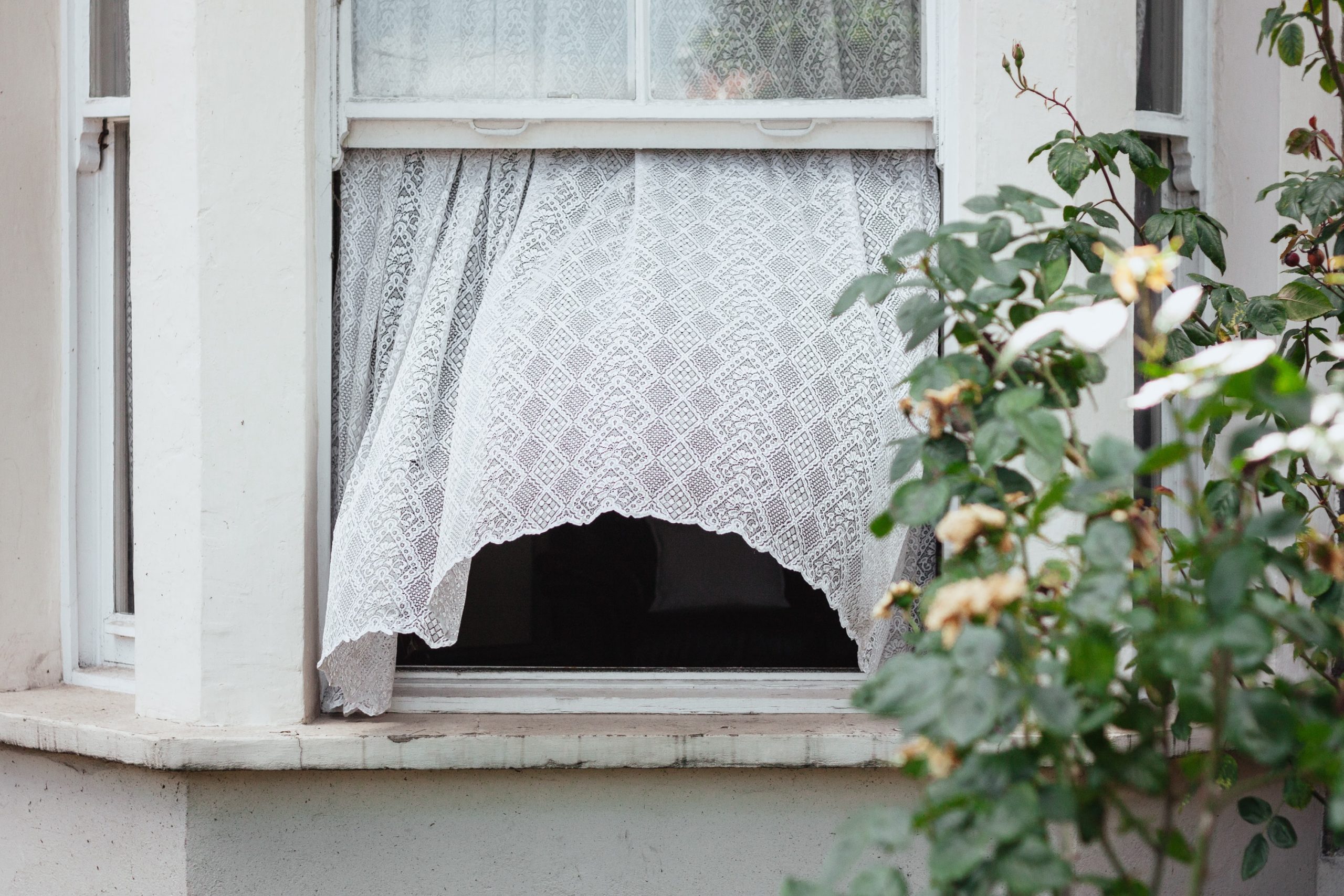March means two things: 1) In most places across the country the temperature is relatively mild and comfortable outside. 2) COVID-19 has spread globally and is now affecting us here in the U.S.
While much of the country (and globe) are on lock down, there is without a doubt increased at home energy usage – parents working from home, kids are out of school and streaming shows and classes, we are all washing more dishes, the list goes on. So here we are, providing some energy efficiency tips to help cut those energy costs! A small aid in these stressful times.
March is considered a shoulder month in energy efficiency speak, so turn off the HVAC and open some windows. If possible, open windows or doors on opposite sides or ends of your home to get a cross breeze. The fresh air will be good for you and make it easier to stay awake!

On these sunny spring days open your blinds. It will help reduce the need for interior lighting and you can keep the lights off using less electricity.
Since you have your windows open, now is an opportune time to check the weather stripping. This is especially important to do so on the bottom of the window and where the top and bottom windows meet. Make sure the window sits firmly on the weather stripping to keep that hot August air outside where it belongs and creates a strong envelope. If there are gaps or the weather stripping is badly worn it is time to replace it.
Here in Texas, spring rarely last long. We typically move straight from winter to summer. With the hot weather around the corner, you may want to check the settings on your programmable thermostat. Don’t have a programmable thermostat? Look into whether your utility company will offer a rebate for installing one. The US Energy Information Agency says that 41% of American houses have programmable thermostats but only 12% are actually programmed. Modern thermostats can be programmed for multiple settings for different times of day and for different days of the week. Studies show that programmable thermostats can save between 6 and 12% of your heating and cooling costs. If you do not have the manual they can usually be found online.
Recap and additional tips:
Use a smart power strip. It is likely that you are working on a computer while working from home. But that’s not all. Maybe your TV (news) is running in the background, your phone is charging, and you are also using a printer or fax machine. Who knows what else! These smart power strips guarantee these devices are not drawing power when they are not in use, while giving you the option to keep a few devices “always on”.
Make the switch to efficient lighting with LED light bulbs, which last at least 25 times longer and consume up to 90% less electricity than incandescent bulbs. If you have been putting off installing them now is the time to do so! If you do not have any, see if your local grocery store does when you go to restock on essentials.
If you have can lights in your home, consider LED can light retrofits rather than just switching to LED bulbs. Even with an LED bulb, recessed can lights leak air. Older cans typically leak more but even newer “air-tight” can lights can be a significant source of air leakage. In the winter, warm light bulbs also make the situation worse, turning the holes into small chimneys. The heat source accelerates the stack effect, speeding up the flow of air. In the summer, super heated attic air comes rushing in through the leaky can light housing into the conditioned spaces. The sealed LED light and trim combo can be found for under $5 a fixture and it takes very little expertise to change out. See this quick 2 minute video demo:
Clean efficiently! This applies to both dishes and clothes. Both machines consume a lot of energy, especially to heat water. If you are able to, try washing your clothes on cold or even energy saver warm instead. Before starting both your dishwasher and washing machine make sure you are running full loads as much as possible.
*Consider running your appliances during off-peak hours for additional savings. This includes early in the morning or in the evening after 7 p.m.
Seal window and door “leaks”. We touched on this above and it is so important because heating and cooling account for almost half of a home’s energy consumption. Caulking windows and adding draft guards under your doors where needed can save up to 20% on heating costs.